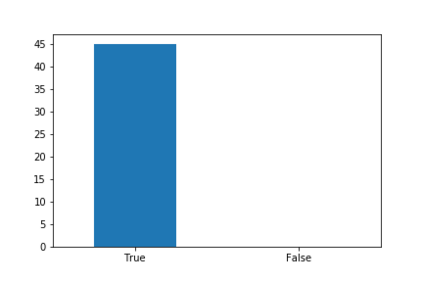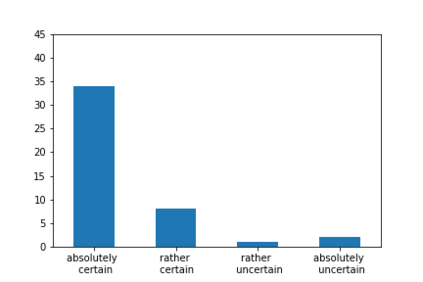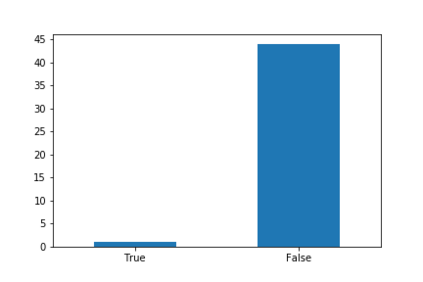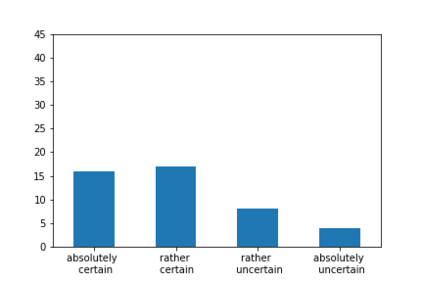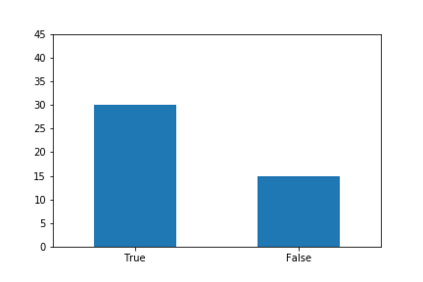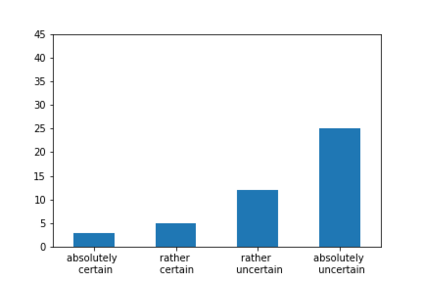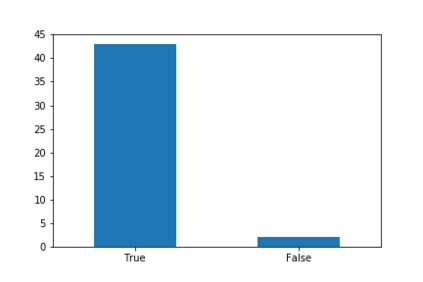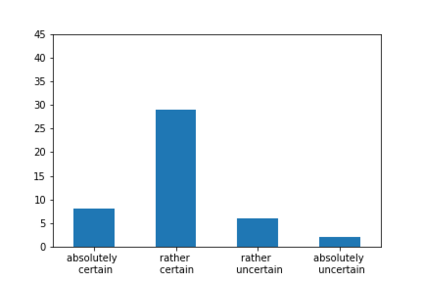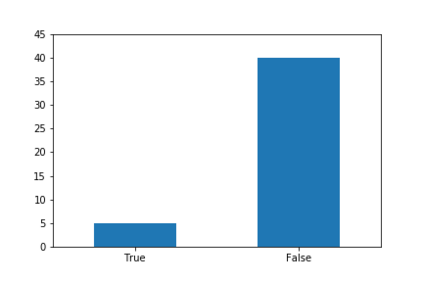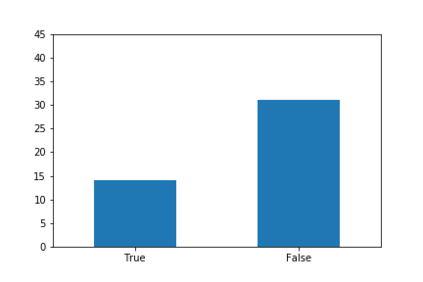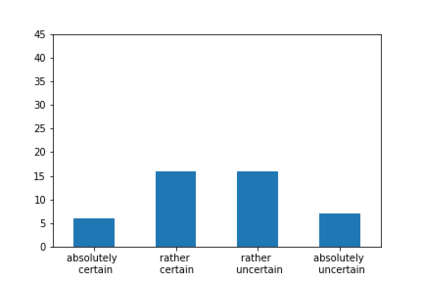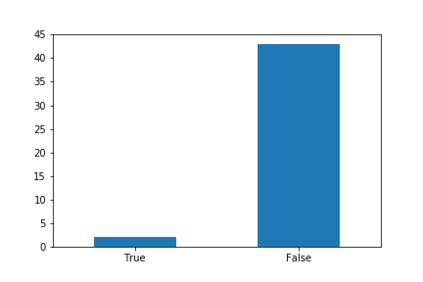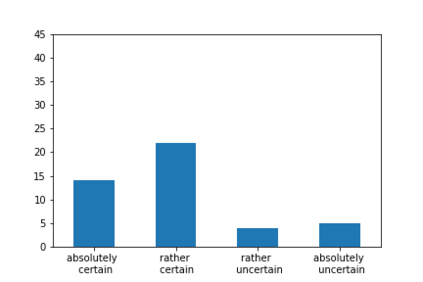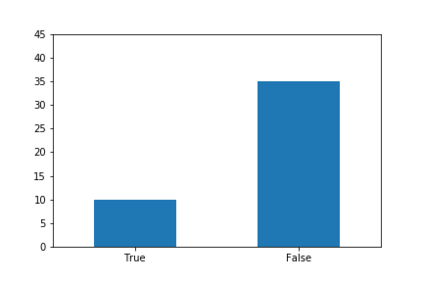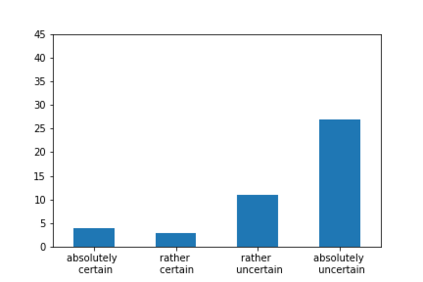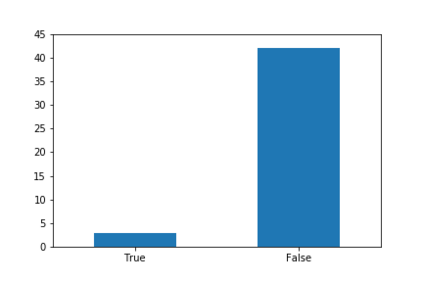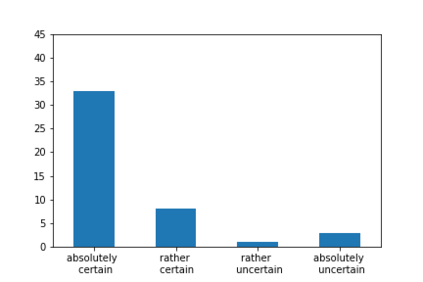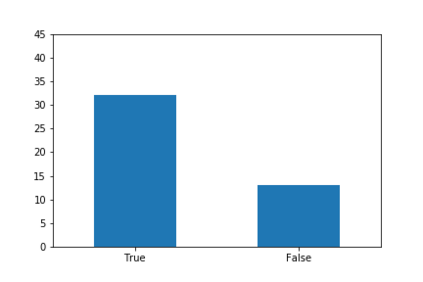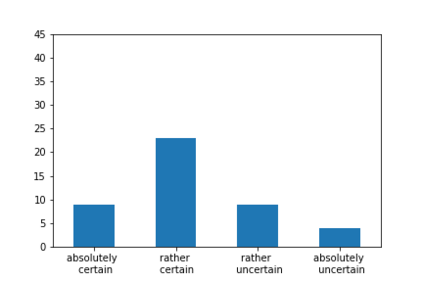We propose a novel method for automatic reasoning on knowledge graphs based on debate dynamics. The main idea is to frame the task of triple classification as a debate game between two reinforcement learning agents which extract arguments -- paths in the knowledge graph -- with the goal to promote the fact being true (thesis) or the fact being false (antithesis), respectively. Based on these arguments, a binary classifier, called the judge, decides whether the fact is true or false. The two agents can be considered as sparse, adversarial feature generators that present interpretable evidence for either the thesis or the antithesis. In contrast to other black-box methods, the arguments allow users to get an understanding of the decision of the judge. Since the focus of this work is to create an explainable method that maintains a competitive predictive accuracy, we benchmark our method on the triple classification and link prediction task. Thereby, we find that our method outperforms several baselines on the benchmark datasets FB15k-237, WN18RR, and Hetionet. We also conduct a survey and find that the extracted arguments are informative for users.
翻译:我们提出一种基于辩论动态的知识图表自动推理的新颖方法。 主要的想法是将三重分类任务设定为两个强化学习剂之间的辩论游戏,它们分别提取论点 -- -- 知识图表中的道路 -- -- 目的是促进事实的真实性(理论)或事实的虚假性(反证性)。根据这些论点,一个二进制分类师(叫法官)决定事实的真实性还是虚假性。这两个剂可以被视为稀疏的、对抗性特征生成器,为论文或反证提供可解释的证据。与其他黑盒方法不同,这些论证使用户能够理解法官的决定。由于这项工作的重点是制定一种可解释的方法,以保持竞争性预测性准确性,我们以三重分类和联系预测任务为基准方法基准数据集FB15k-237、WN18RRR和Hetionet为基准基准基线。我们还进行了调查,发现所提取的论点对用户来说是知情的。






